Hello Greenzoners!
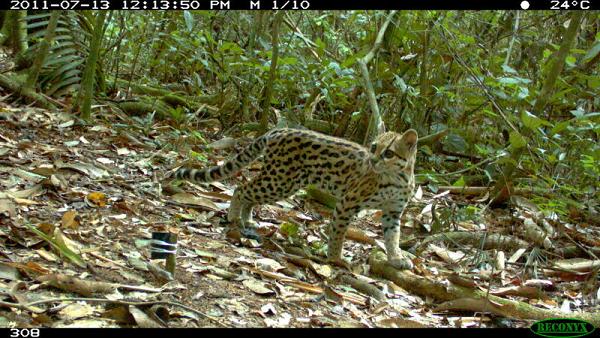
Few days ago we wrote about recent encounter with the world’s rarest whale. Well, there is no end to great discoveries – especially if it comes to rare animals! (more…)
Hello Greenzoners!

Few days ago we wrote about recent encounter with the world’s rarest whale. Well, there is no end to great discoveries – especially if it comes to rare animals! (more…)
Hello Greenzoners! 🙂
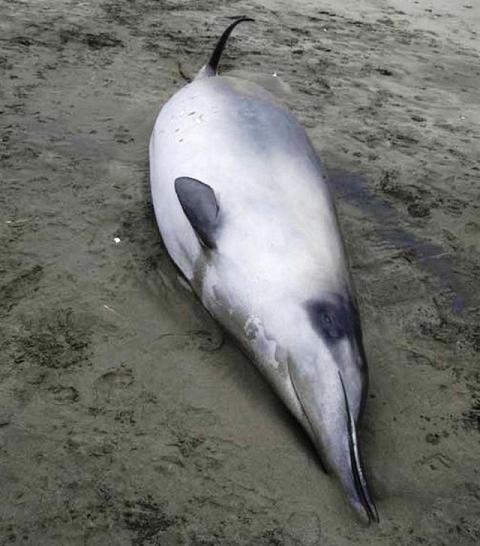
Recently, a new discovery on the coast of New Zealand proved our little knowledge about ocean depths. The rarest whale known to the humanity was seen for the first time after very long time (more…)
According to the new studies by the USGS, streams are more vulnerable to urban development than it was previously thought. Growing and spreading inhabited areas lead to the indirect contamination of nearby streams. As scientists claim, “streams are not only water – they are communities of aquatic life”. And, because of pollution, important and sensitive aquatic species living in the streams die out.
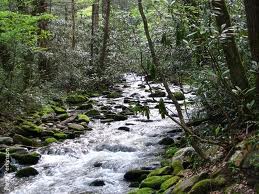
What do you think about it, dear Greenzoners?
Hello Greenzoners!
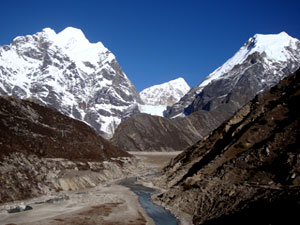
Geology professor and scientist, Summer Rupper recently stated that the progressing global warming is affecting the Himalayas.
Yes – the highest mountains in the world are suffering from rising temperature, which leads to the shrinking of glaciers by melting, – leading to huge amounts of water coming down from the mountains. (more…)
Hi Greenzoners! Any one of you is into astronomy? 😉
A planet that could sustain life was just discovered. It’s called HD 40307G and is located in a “habitable zone” – that is in area, where the planet is not too close or too far from its sun, so that liquid water can exist.
All of you have probably seen an article about shark attacking humans, a picture showing aggressive shark or at least watched Jaws by Steven Spielberg. ;)|
But are those sharks really that dangerous?

This topic was recently discussed among the ecologists. How many times do we see news about sharks attacking people, and how often do we see articles about preservation of their species?
Statistically, over 60% of coverage and news present sharks in negative image, while only 7% talks about species’ preservation, biology and ecology.
The truth is that sharks are not as dangerous as we portrait them – most human casualties are the reason of sharks feeling threatened or mistaking humans with seals. (more…)
Hello Greenzoners! We already spoke about phytoplankton, sea otters and others. Now let’s talk about something more exotic – orangutans. 🙂

Recently orangutan’s populaion on Sumatra island (south-east Asia) have undergone significant decline. For now there’s only 6,600 individuals left and orangutans are now endangered species. The reason of this reduction is, as it often occured, massive deforestation of tropical areas. (more…)
Hello Greenzoners, I hope you are having good day in which we greet you with new Eco News. 😉
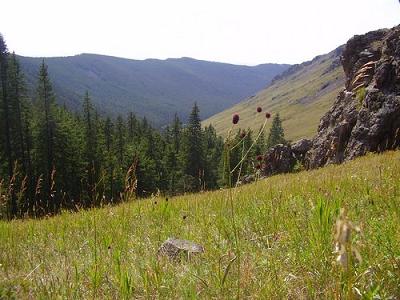
Mountain meadows are slowly declining and being destroyed in the Northern Pacific areas. Once huge tracts of green grass and rare, wild flowers, now they are being dominated by spreading trees and other thick and territorialy invasive plant species. The reason behind this is progressing global warming and rising temperature (more…)
…wondering what is this? 😉

It’s a phytoplankton, a small underwater organism that can absorb the excessive amounts of CO2 in atmosphere.
Because of global warming and rising seas’ temperatures, their population is decreasting.
Hi Greenzoners! 🙂
As we are consuming more and more petroleum in our cars and heating systems, it is inevitable that our oil reserve is going lower and lower. We are running out of oil faster than we could expect, so that many scientists and industrial companies are making their efforts in discovering new types of energy.
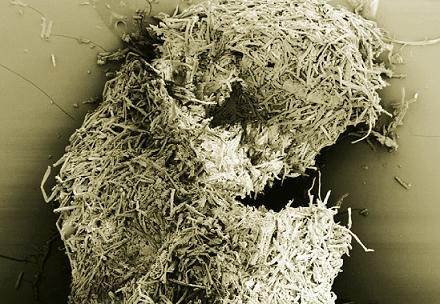
It was discovered that we can obtain energy from carbohydrates, which is to be found in some food products or wood. The second one consists of cellulose and hemicullulose, which is carbohydrades and lignin. It was already used during the production of paper, when 50% of wood was burnt and converted into bioenergy. (more…)